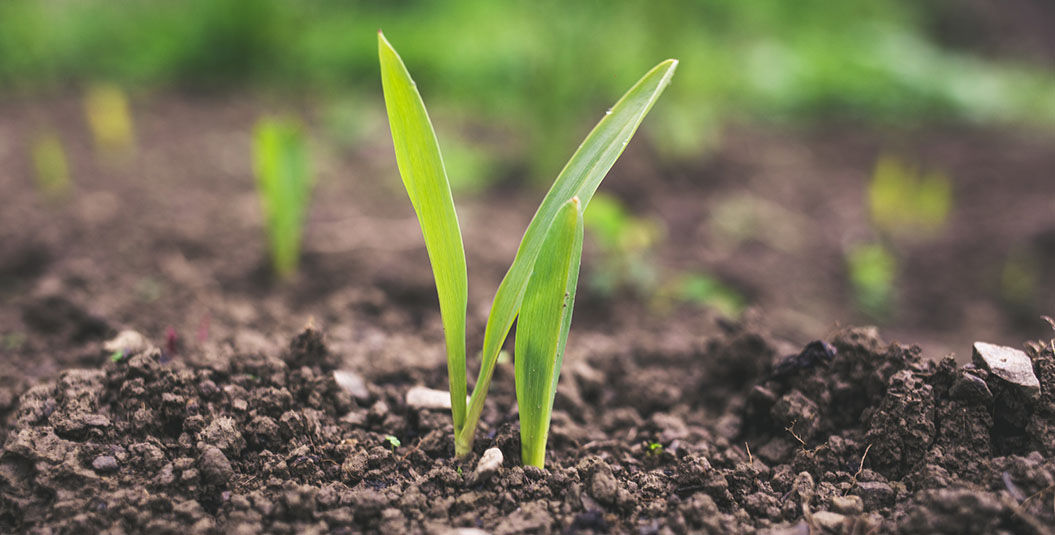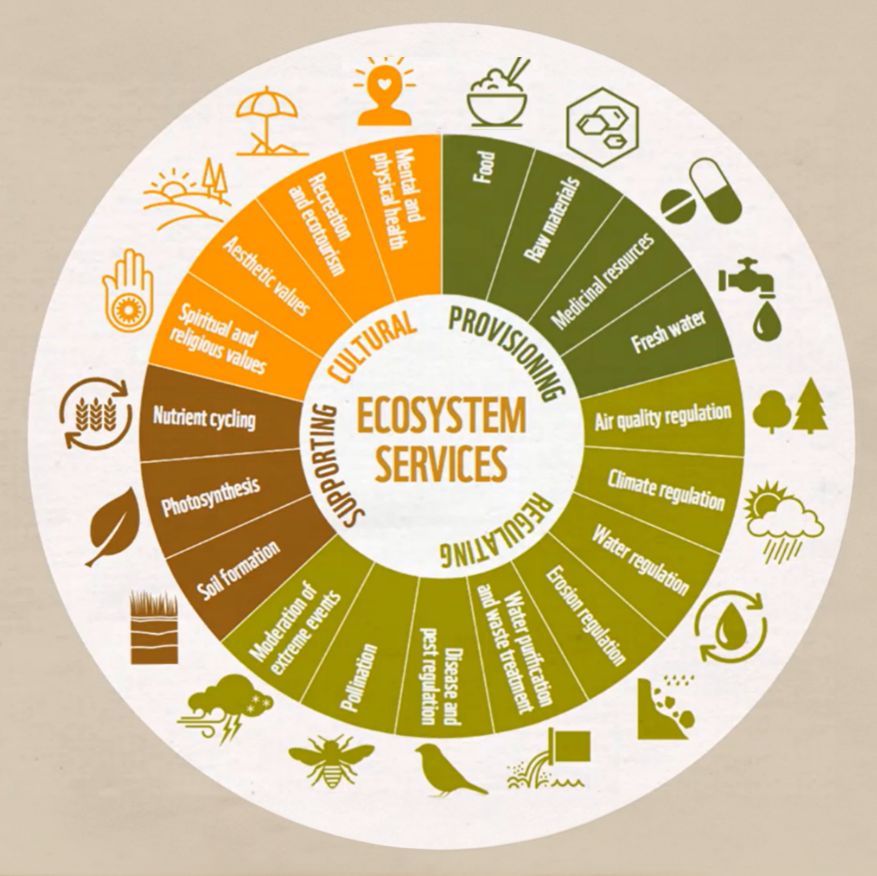Digging deep for World Soil Day
Every day we take soil for granted – but there is a whole world beneath our feet, hidden from our view, that is not only teeming with life but provides invaluable support to human existence. On World Soil Day we focus on the need for robust policy, backed by global standards, to both protect and restore healthy soil to elevate its life-sustaining power.

Earth. Tierra. Erde. Ziemia. Every single day we step on it, even our planet is named after it, yet evidence shows that we do not appreciate the crucial role that soil plays in sustaining life on Earth. Between 60 and 70% of soil in the EU is unhealthy – human activity is undermining life-giving soil functions and the ecosystem services that soil provides.

Soil functions are essential processes and properties of soil that support life and ecosystem services.
Soil ecosystem services are benefits that humans derive from soil ecosystems.
The power of soil
From microbes to mammals, soil is considered home to more than half of the species on Earth, making it the most biodiverse singular habitat. The biodiversity of soil is abundant and fascinating. Organisms, like earthworms, move soil to access air and water and in doing so they shape soil structure and contribute to the soil formation. Other organisms, such as bacteria and fungi, contribute to the decomposition of dead plants and animals, recycling nutrients and making them available for new plant growth.
Soil acts as a reservoir and cycling system for fundamental nutrients that are crucial for plant growth, such as nitrogen, phosphorus, and potassium. This critical function is the basis for providing food to the world – 95% of our food is directly or indirectly produced on soil! This function also helps feed livestock and to create water and biobased materials, such as fibres and chemicals.
Soil can play a huge role in combatting both the causes and the consequences of climate change. It stores twice as much carbon as all the Earth’s living flora and animals combined, thus providing the largest store of terrestrial carbon on the planet. Soil also absorbs and retains water, at the same time acting as a filter, removing impurities and purifying water. This contributes to flood prevention and erosion control.
It is also important to note that respecting and protecting soil goes beyond just environmental aspects. For many of us, it also holds an important cultural heritage, an archive of fossils and artifacts. Soil is also considered a cultural element in many traditional farming and spiritual practices.
What is healthy soil?
Threats to healthy soil are borderless and affect every corner of the globe. These threats are compounded by the fact that soil is a non-renewable resource – when lost, it is not recoverable within a human lifespan. Degradation, desertification, erosion, salinisation, and other threats can put soil health in danger and harm its continuous capacity to provide ecosystem services.
But how do we define if soil is healthy? Which indicators or methodologies do we use? How can we assess if there has been a significant loss of ecosystem services and hold people accountable when soil damage is identified?
Finding the answers to these questions is essential for protecting soil and sustaining its health – and this is where standards come in. ECOS has recently joined an international standardisation technical committee ISO/TC 190 Soil Quality to help develop standards that will define soil functions and ecosystem services, as well as the methods and indicators needed to accurately assess and monitor soil functions and ecosystem services.
Protecting soil needs a global effort
A socio-economic model based on protecting, sustainably managing, and restoring soil needs to be coupled with ambitious legislation and implementable standards. While some indicators have already been identified, the methodologies defining and measuring soil health are still in development.
Ensuring a harmonised and clear terminology is key. Terms such as ecosystem services and functions or soil health and quality need to be well defined, with reference to standardised and appropriate indicators and methodologies, backed up by the latest scientific research.
Protecting soil requires an accountability framework consisting of regular monitoring, reporting, and strategic planning that will apply penalties against environmental harm, e.g. polluter pays principle for soil contamination. In the process of soil monitoring, we also need to avoid misleading greenwashing claims, especially for carbon offsetting, credits, and removals. So-called ‘carbon farming’ schemes, where farmers receive support for increasing soil carbon sequestration, have been criticised for over-simplifying soil carbon processes and making exaggerated assumptions about the actual volumes of CO2 that agricultural soil stores. When these inaccurate estimates are linked to offsets, a false mitigation effort is misused to ‘cancel out’ another actor’s emissions, a clear case of greenwashing!
These risks should be considered both in the development of standards and current policies such as the EU Soil Monitoring and Resilience Directive proposal. This Directive has the potential to plant the seeds of change and help to restore and protect healthy soil – but legally binding targets, scientifically robust soil descriptors, and up-to-date methods to effectively assess and monitor soil health, will be essential to achieve real change. (Read more in our feedback to policymakers on the ‘Soil Monitoring Law’).
We need global efforts and concrete actions to reduce pressure on soil. Ambitious soil policies and standards must put practices back in harmony with nature and support healthy and thriving ecosystems for the benefit of all life on Earth. We have treasure right under our feet – let’s not take it for granted.

 By
By  By
By 
